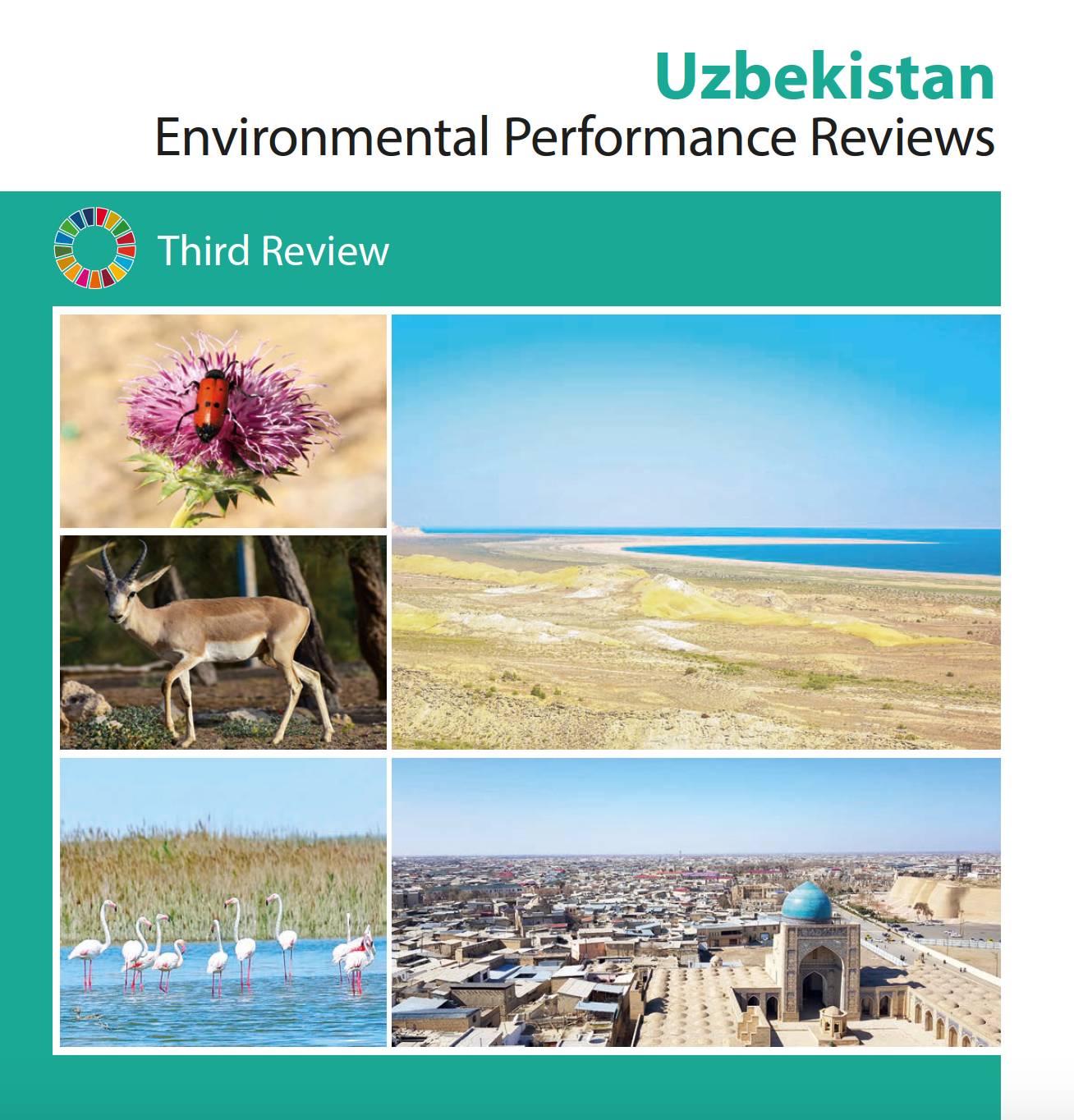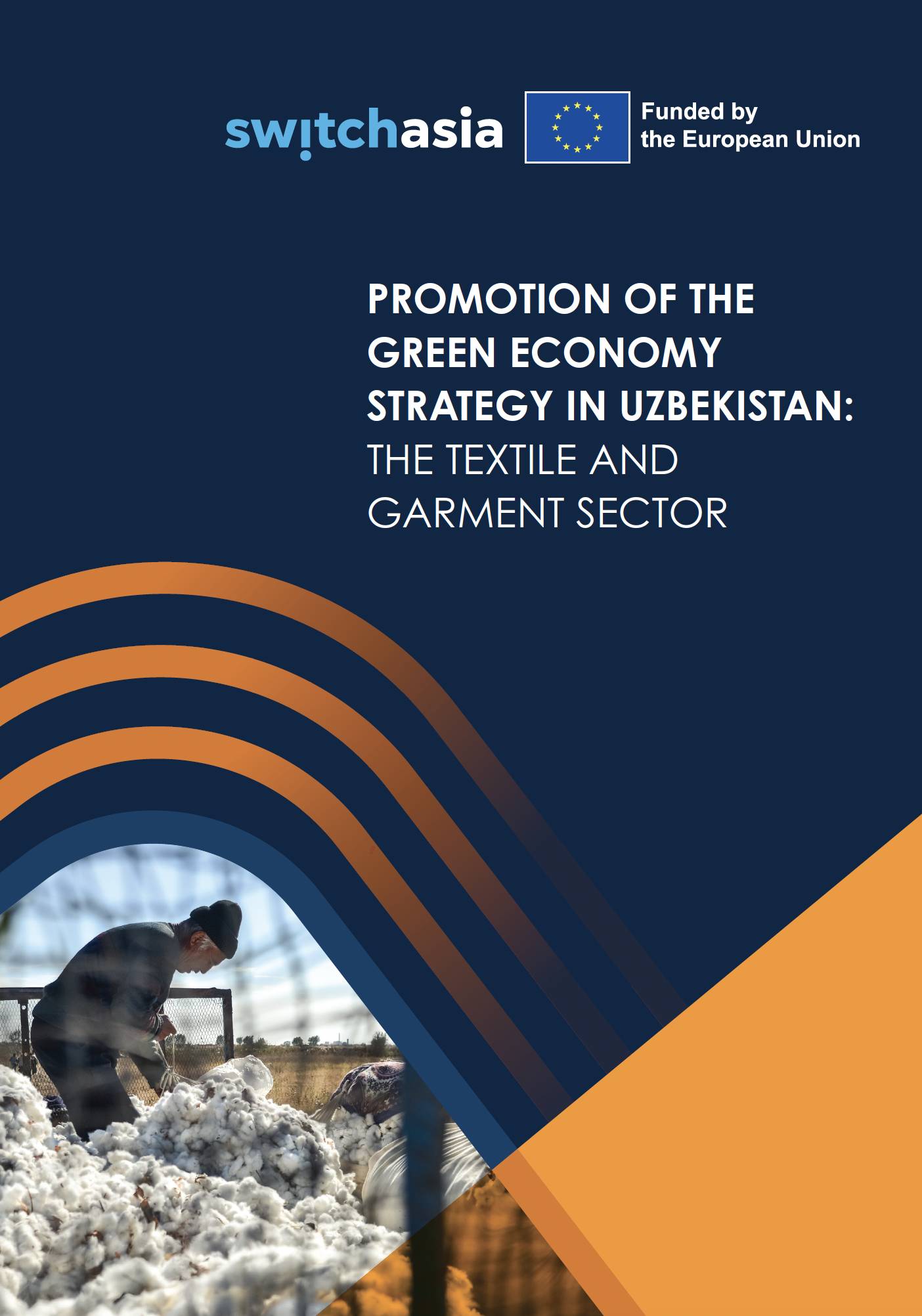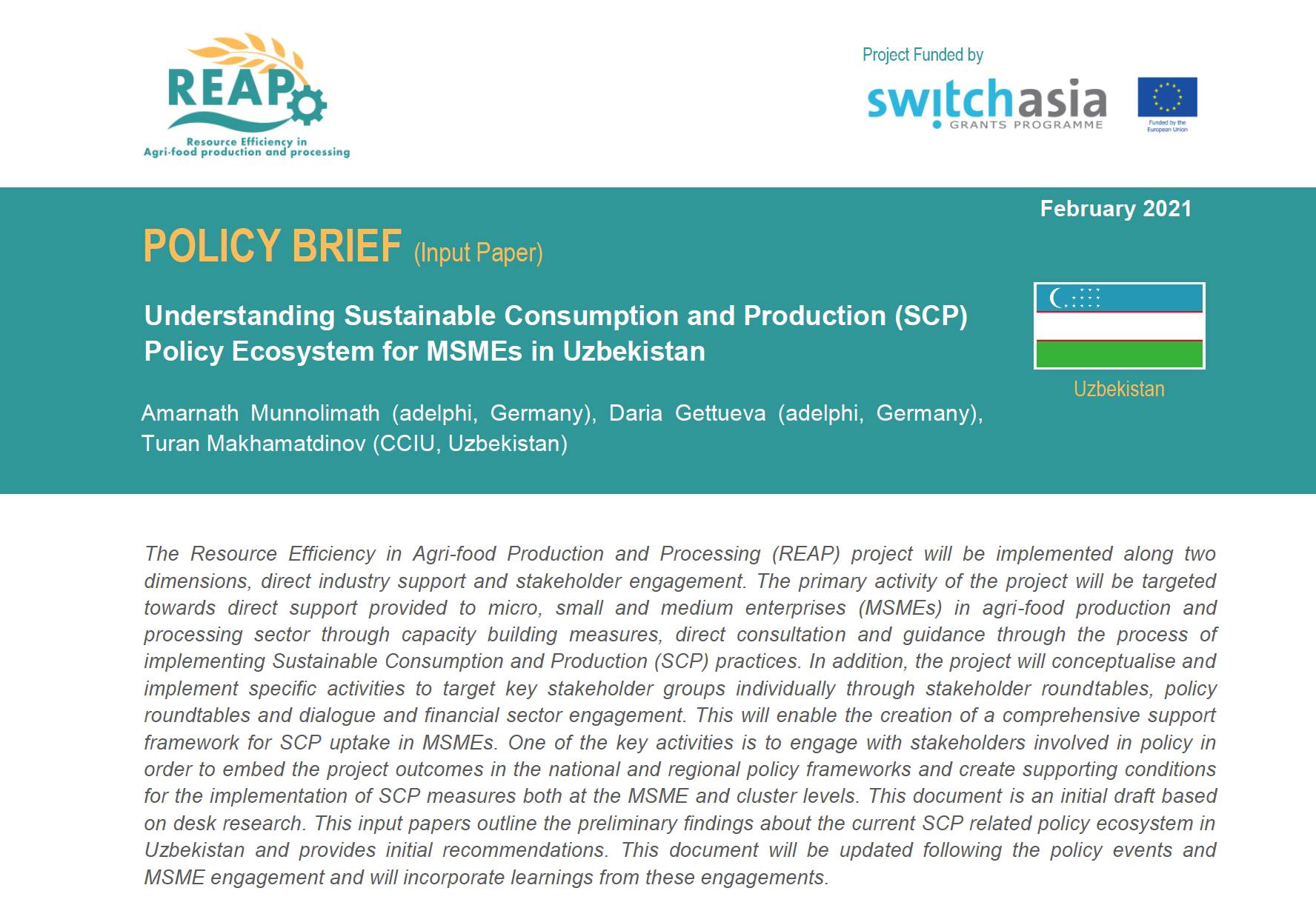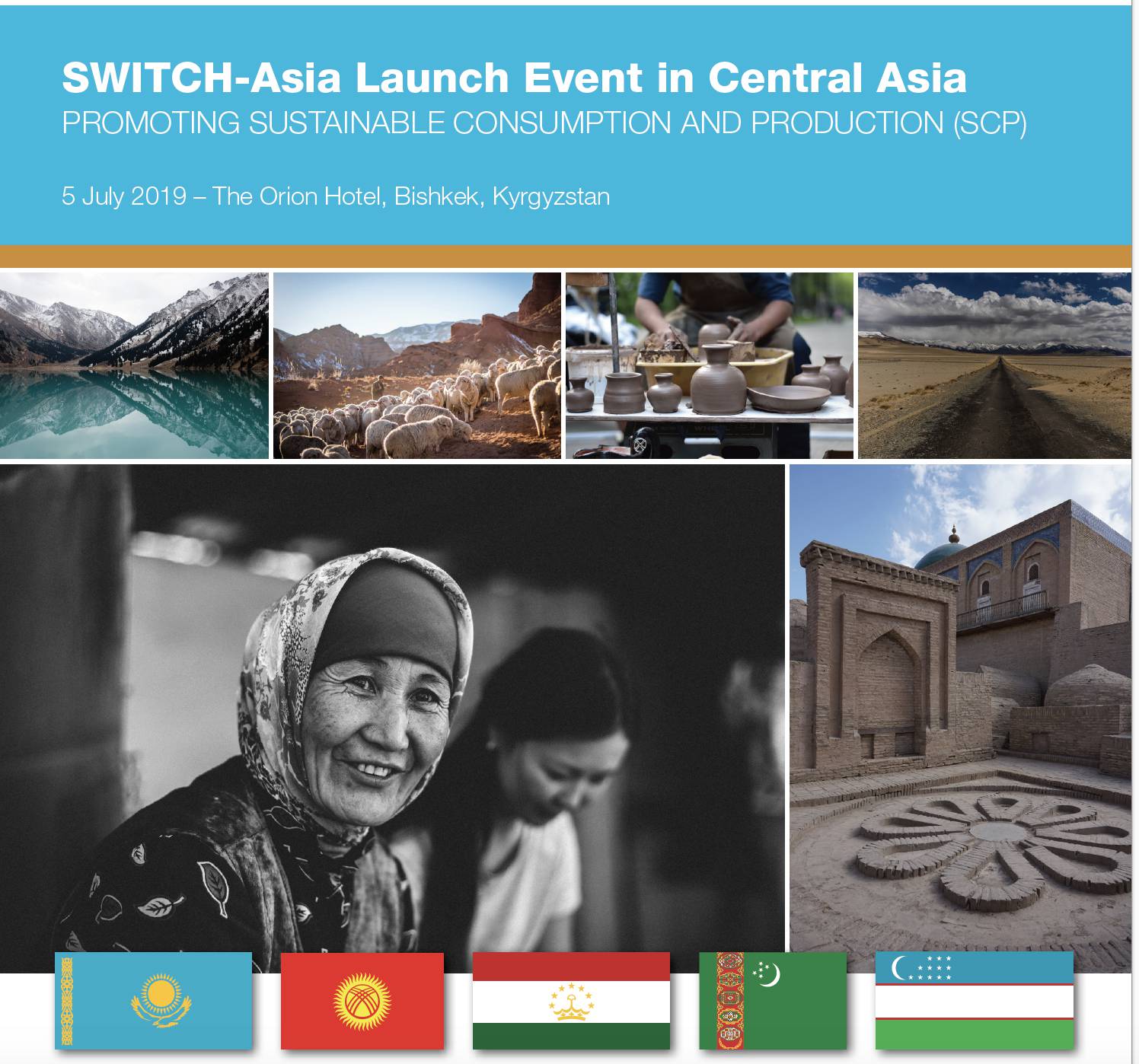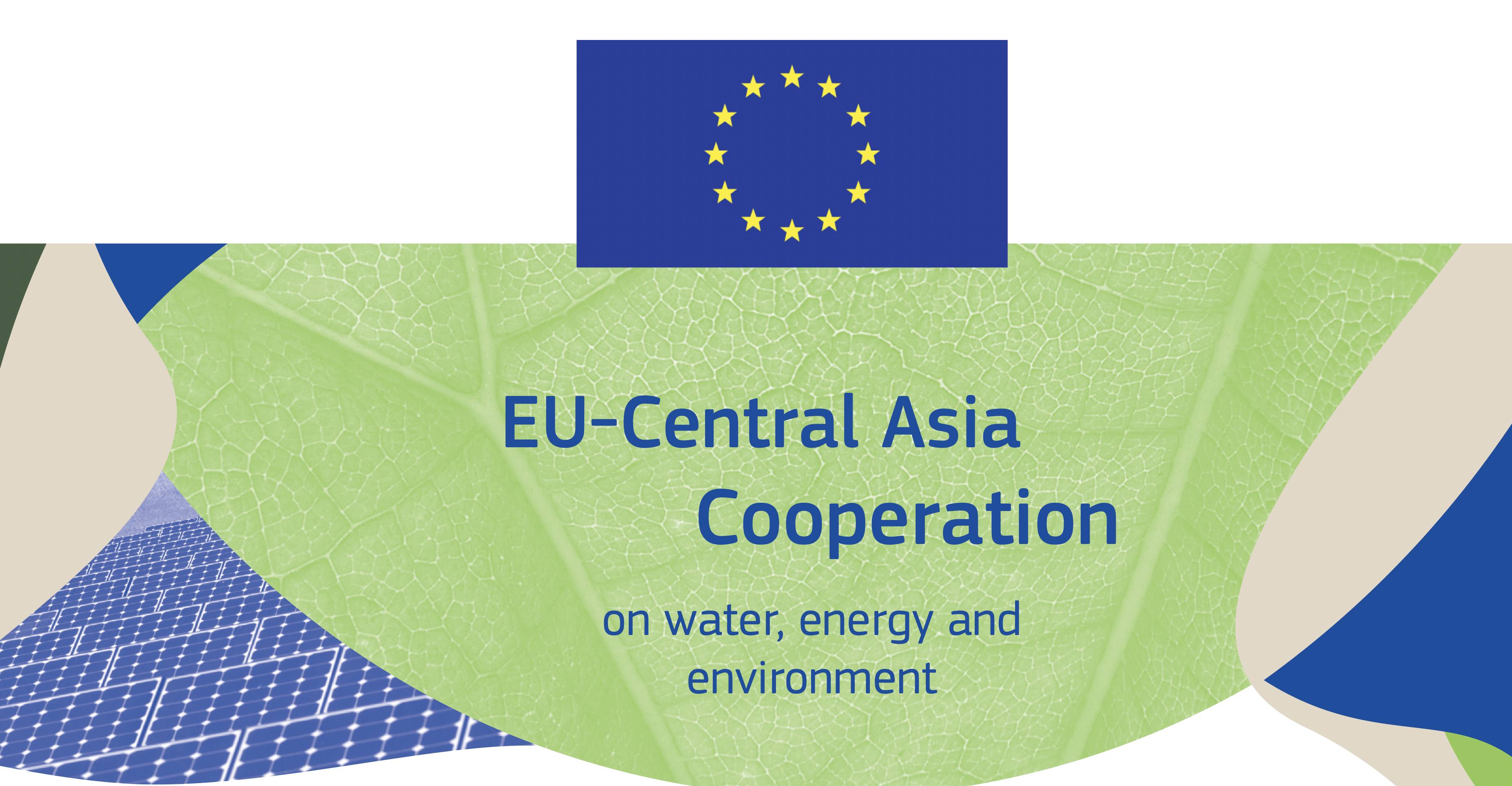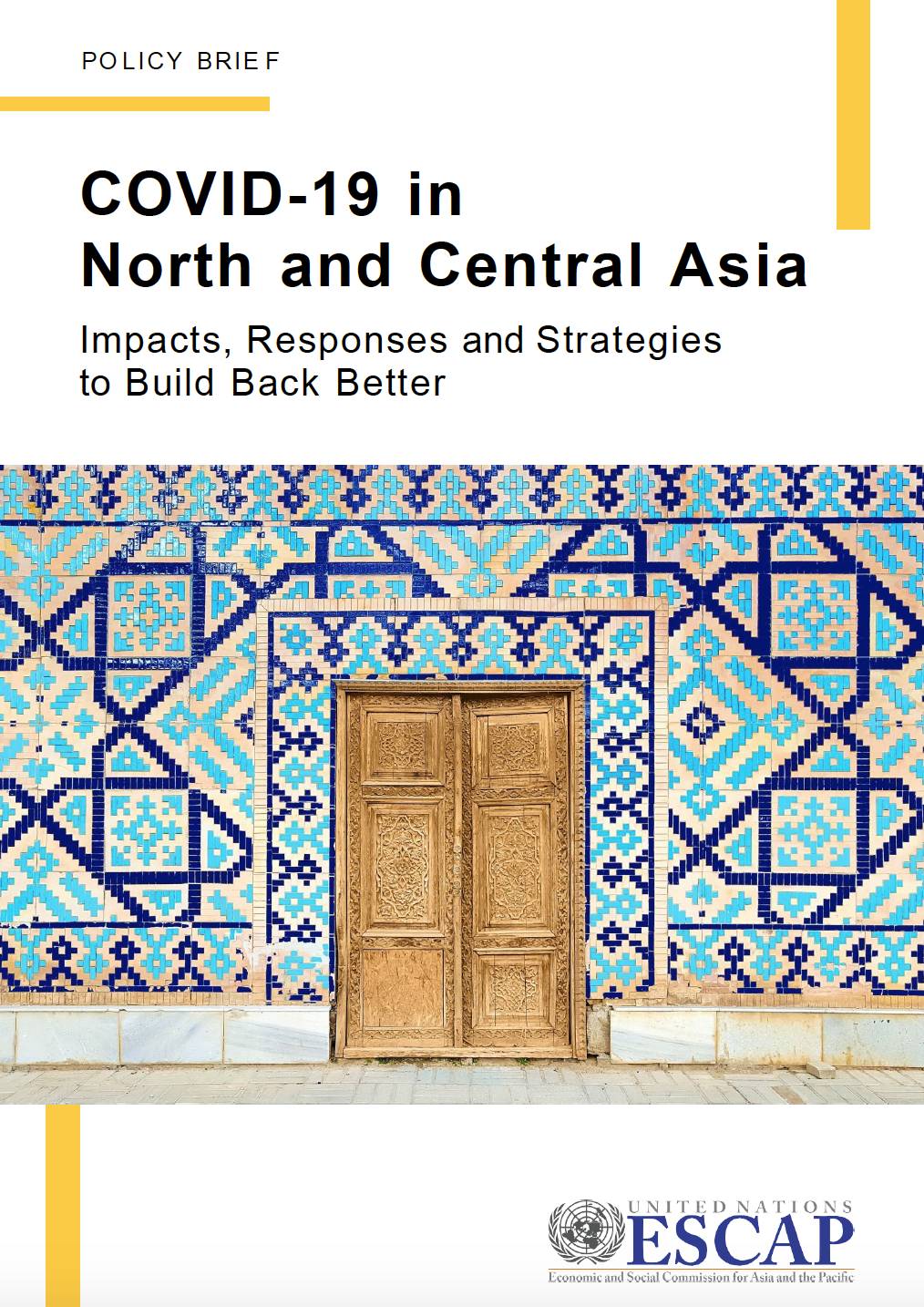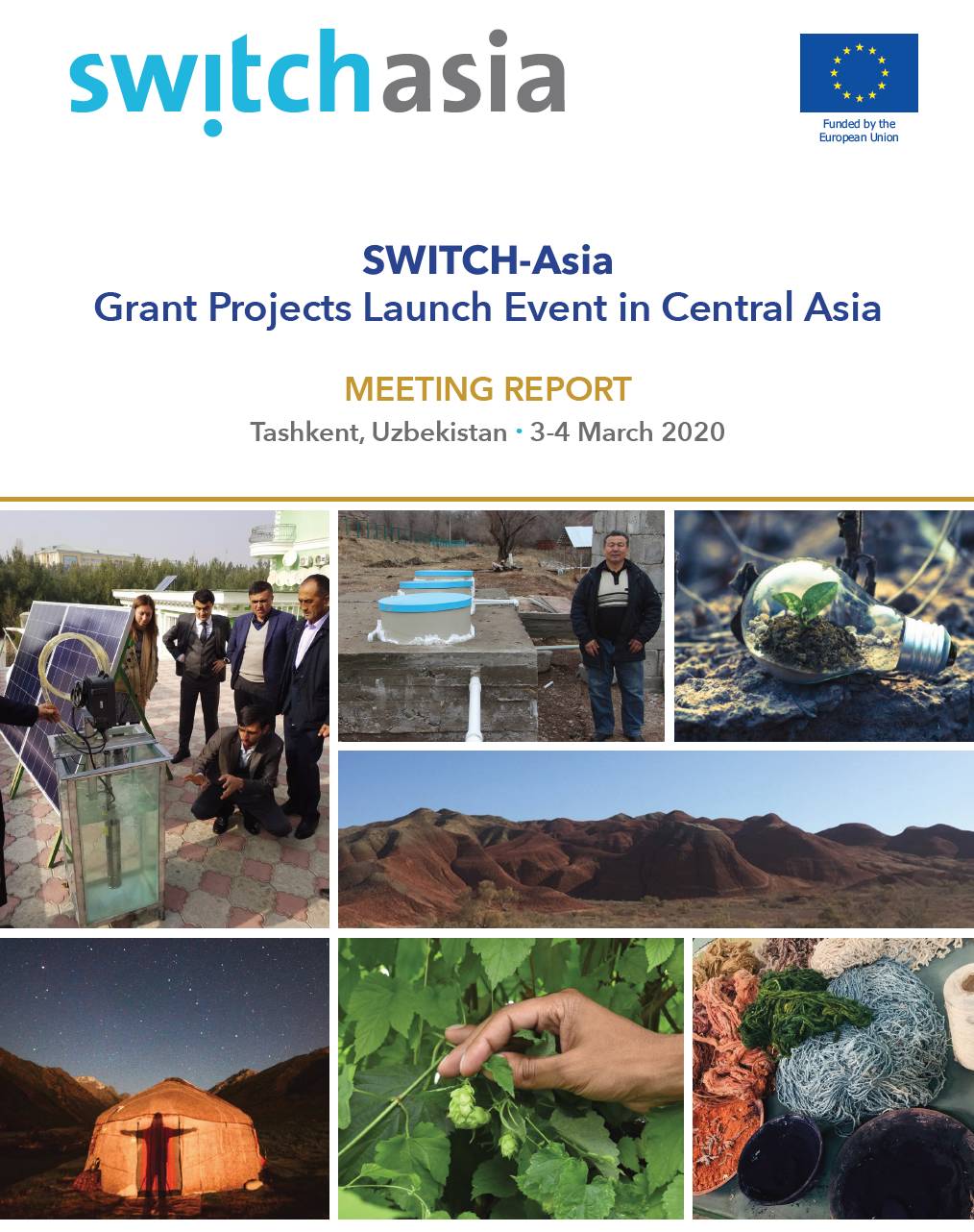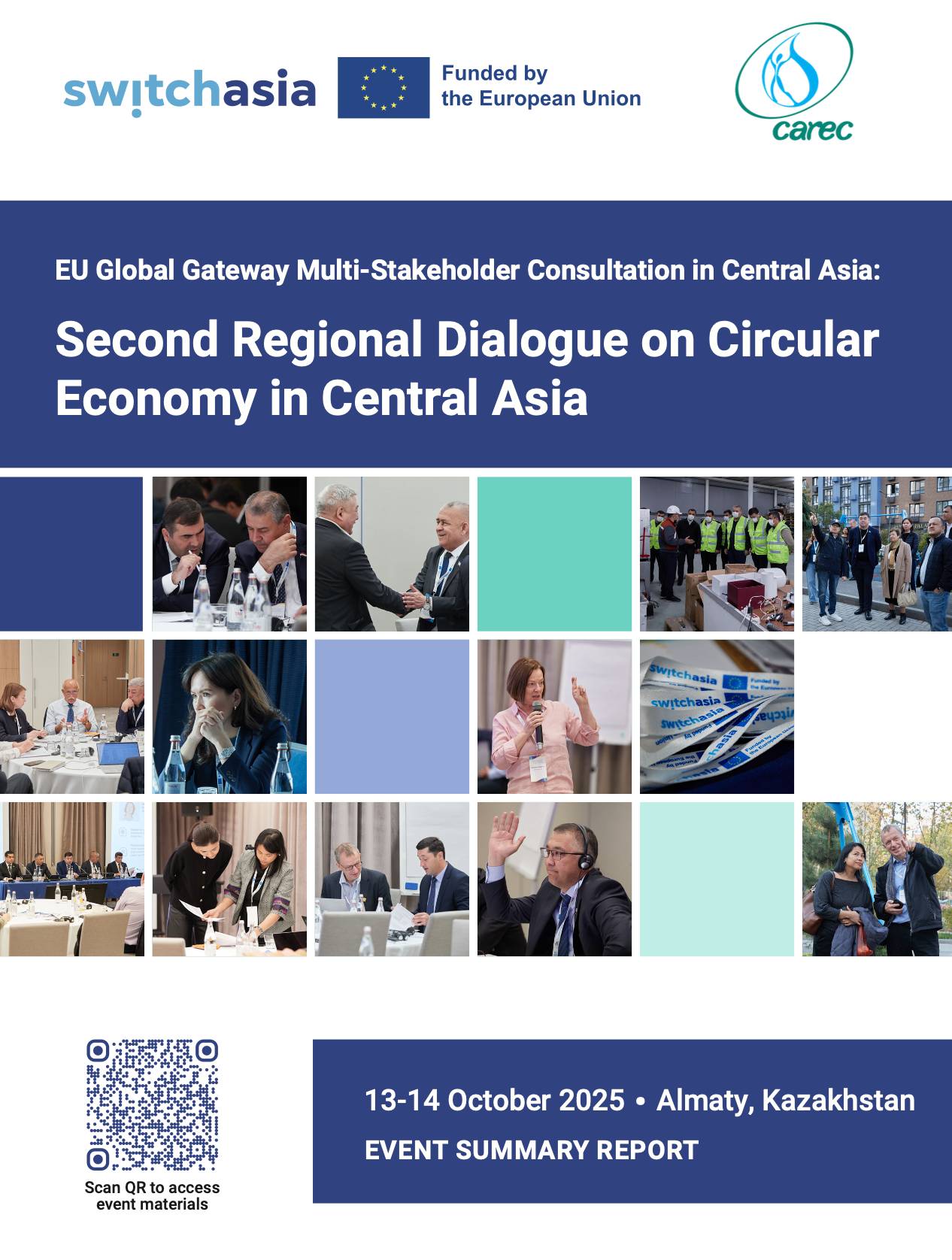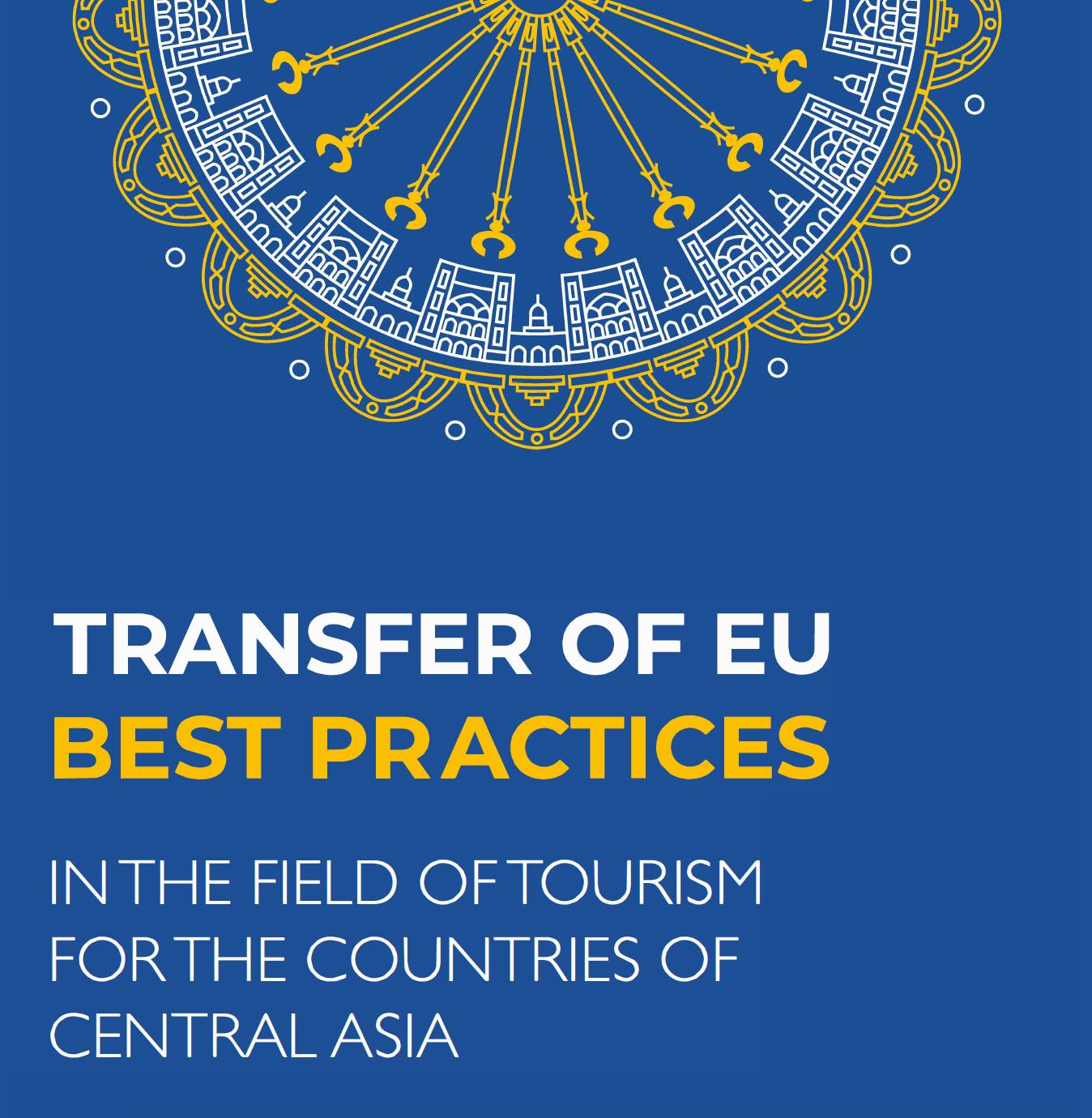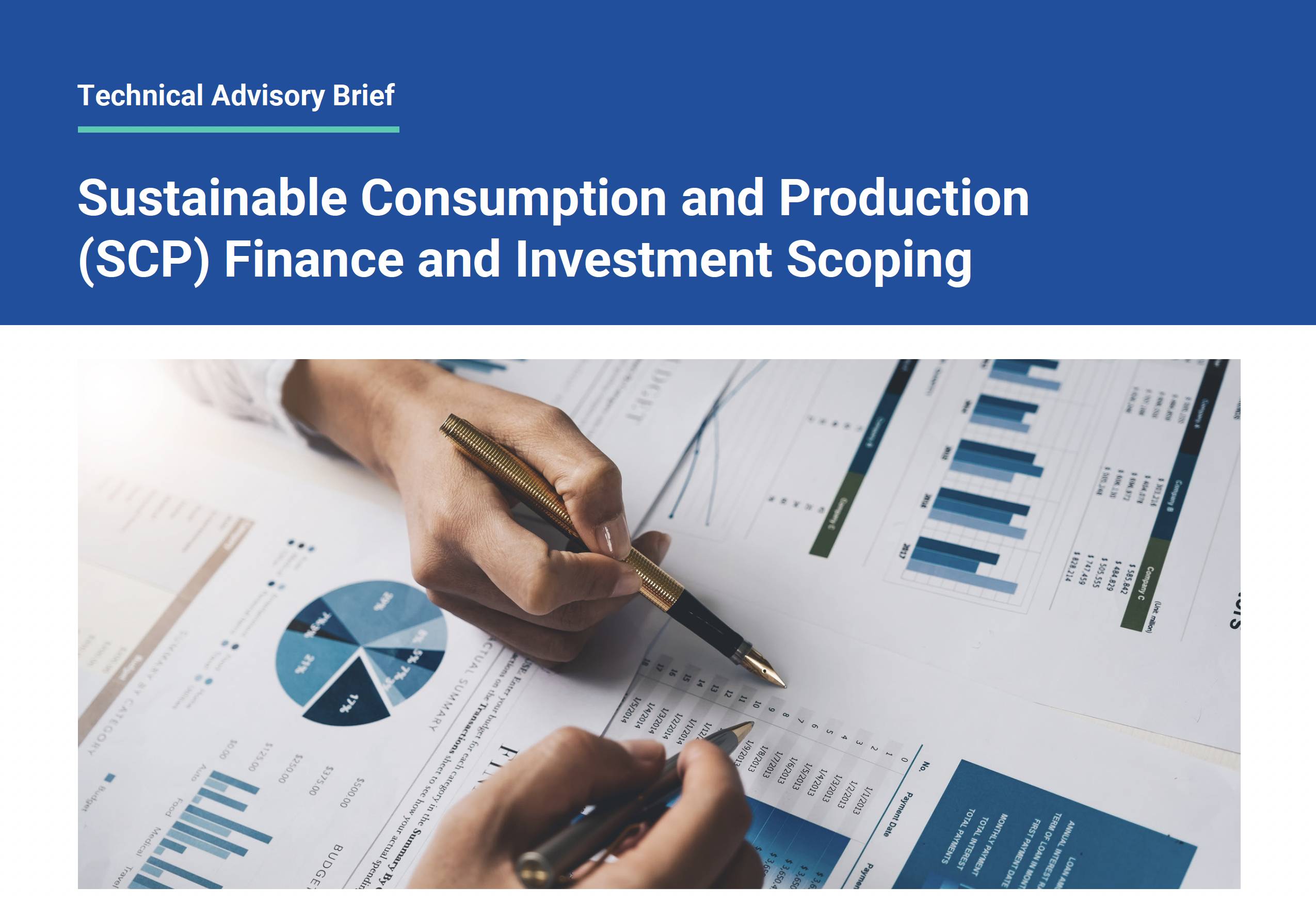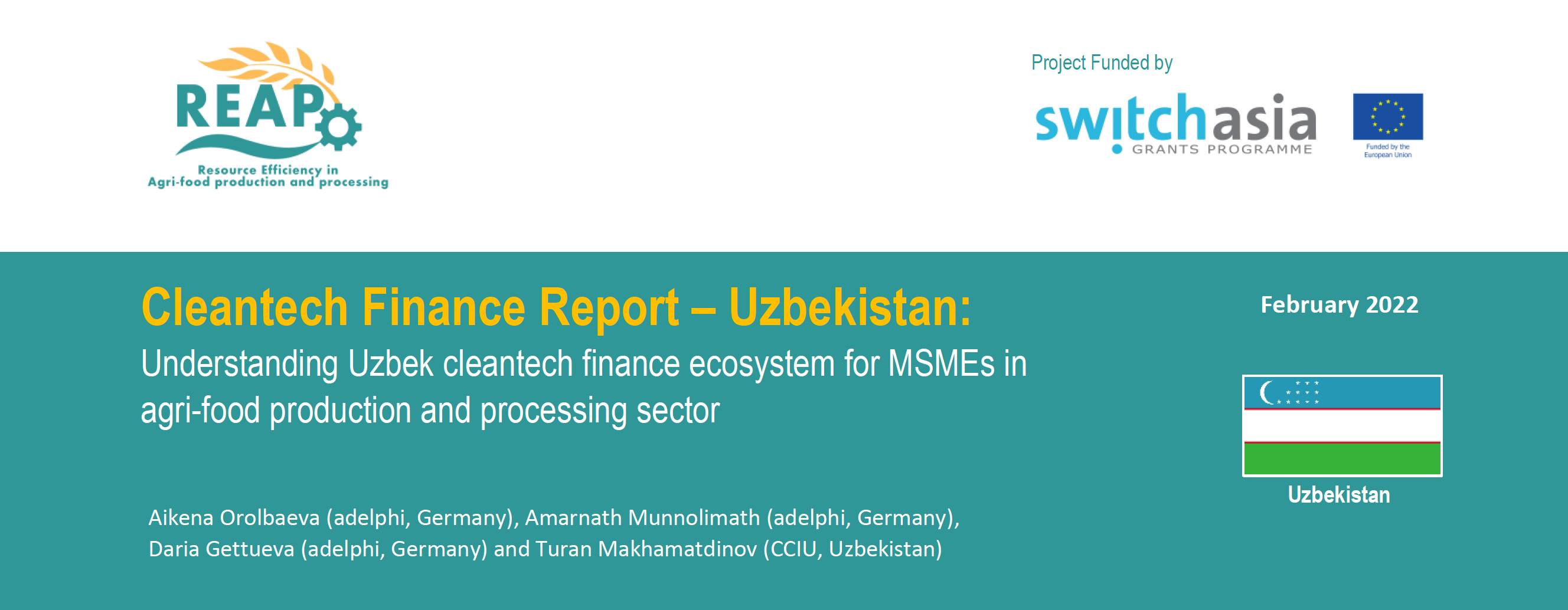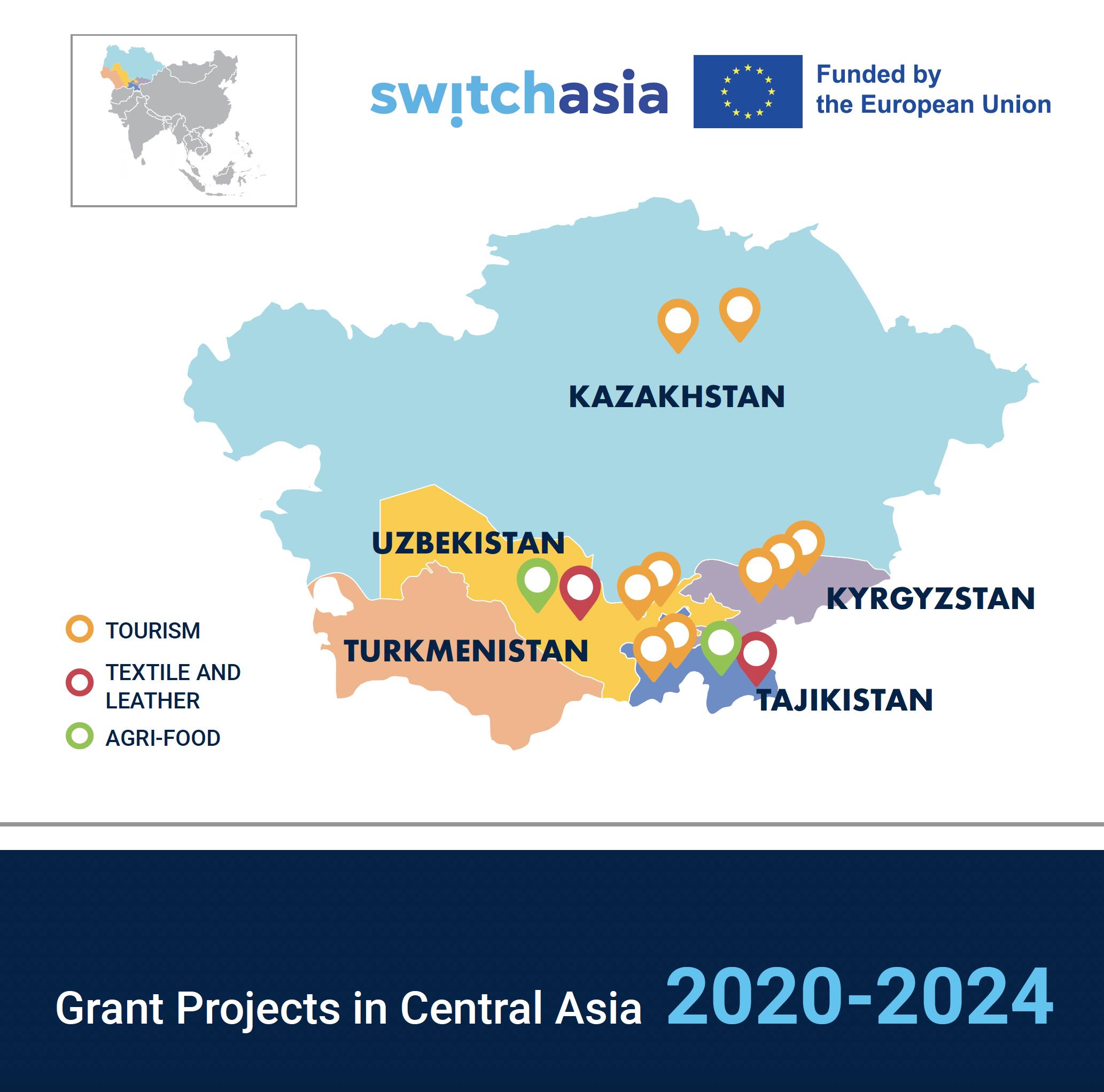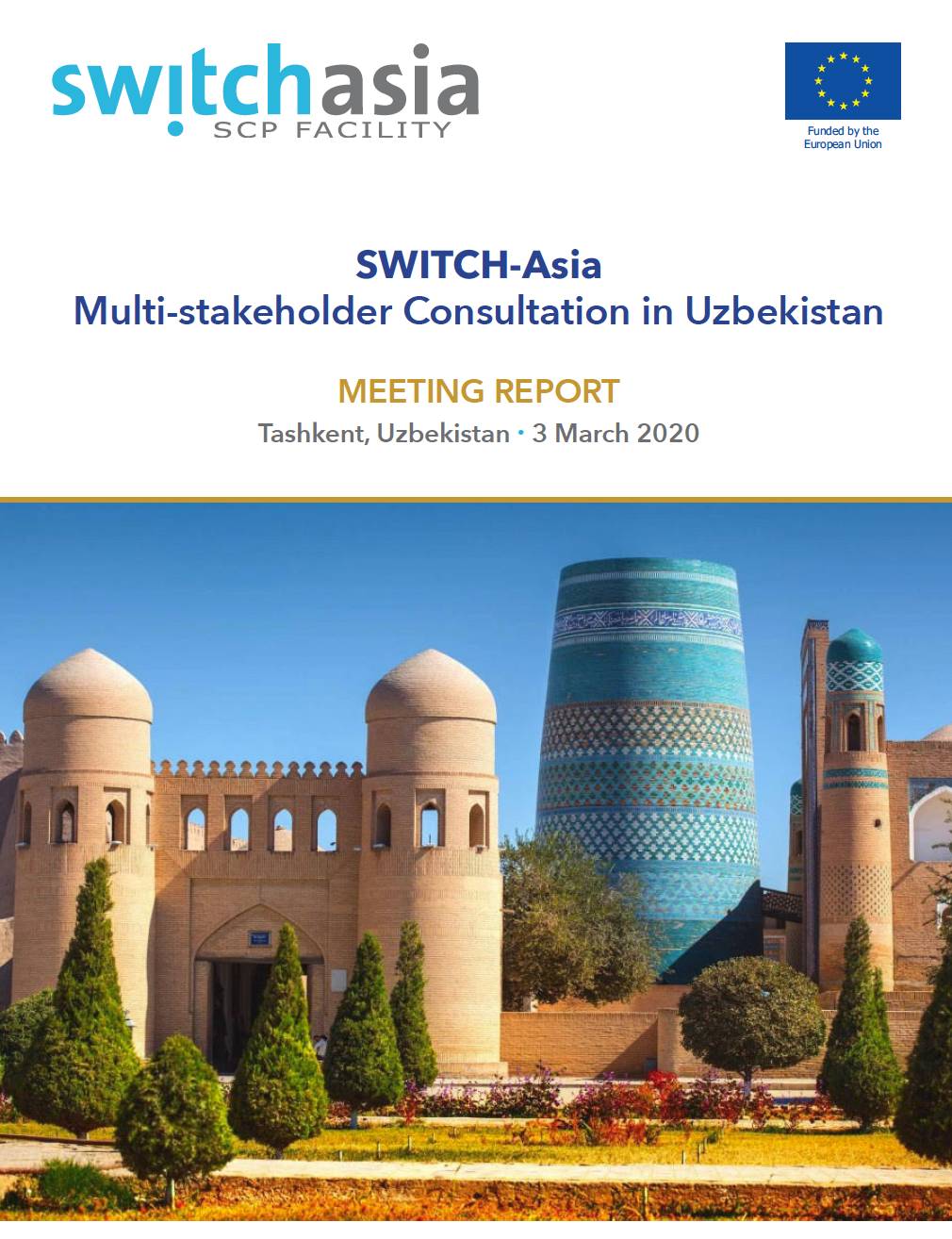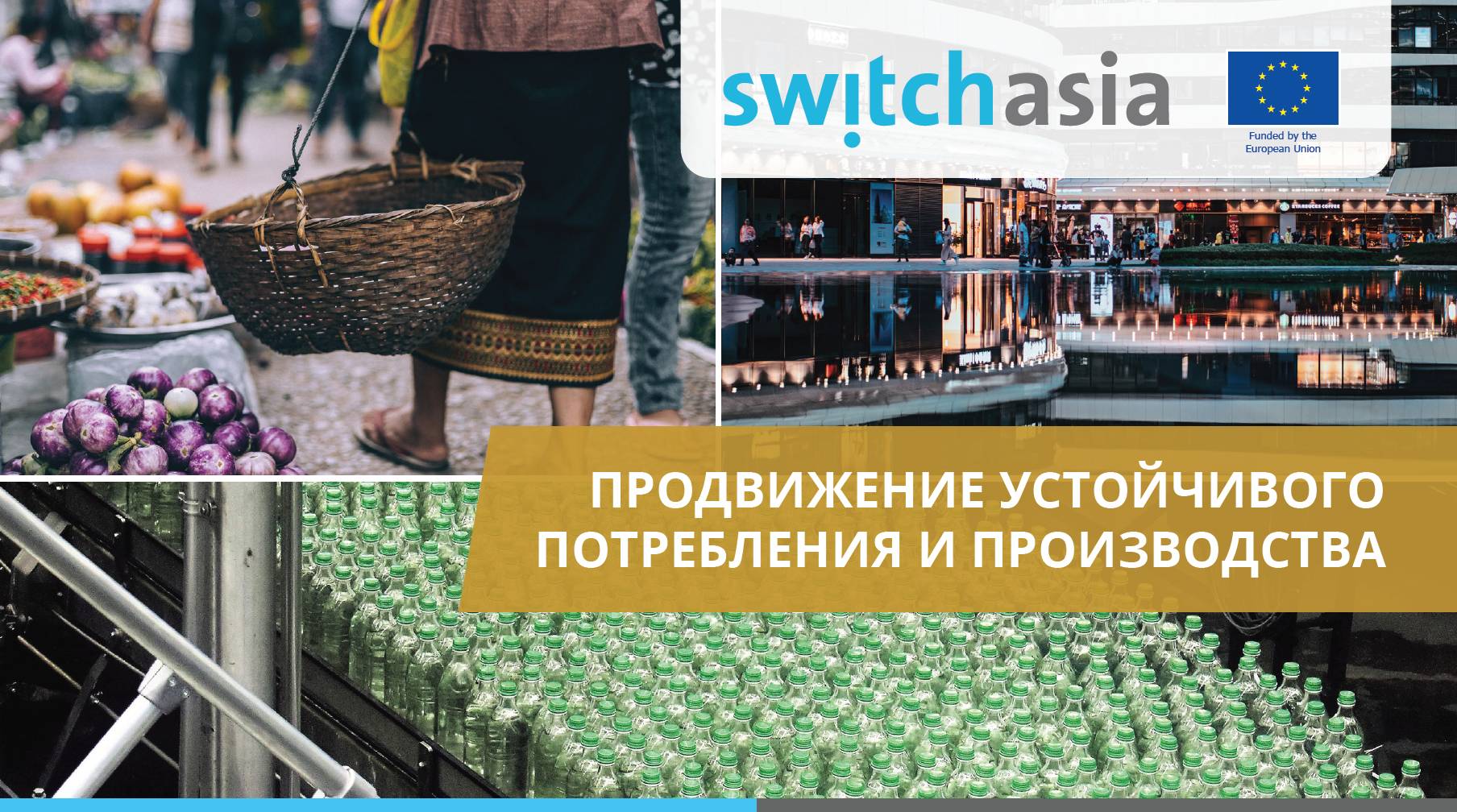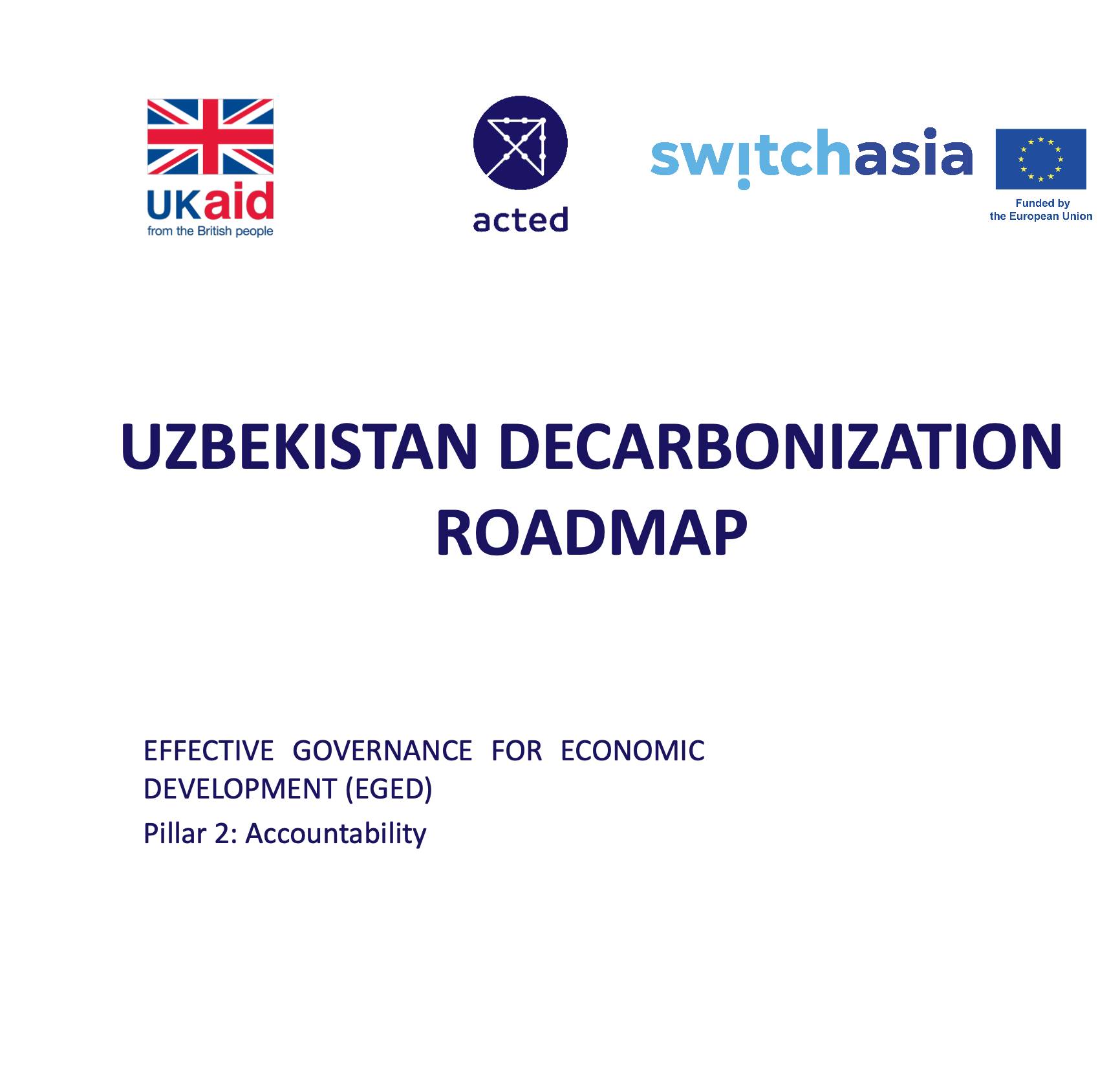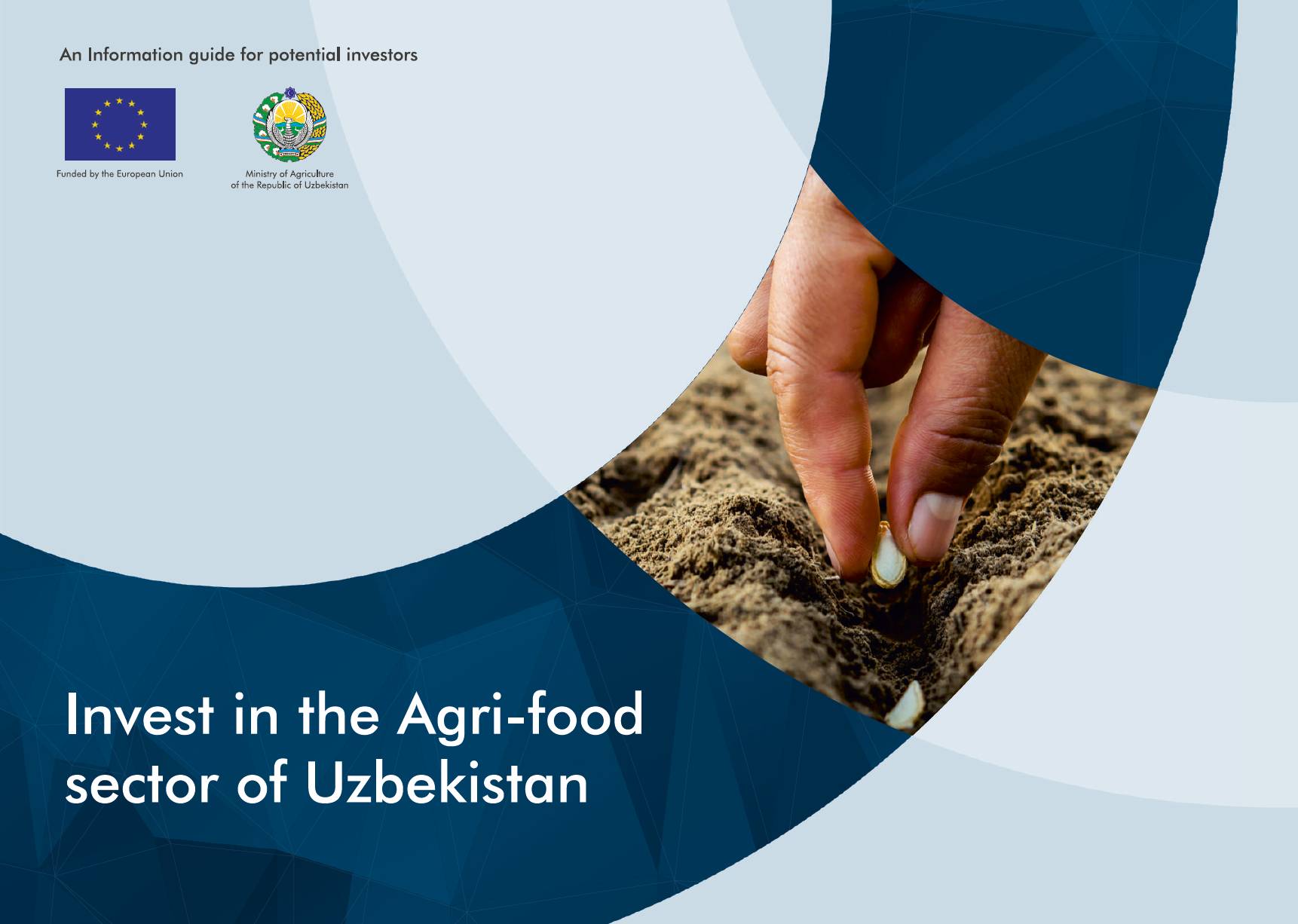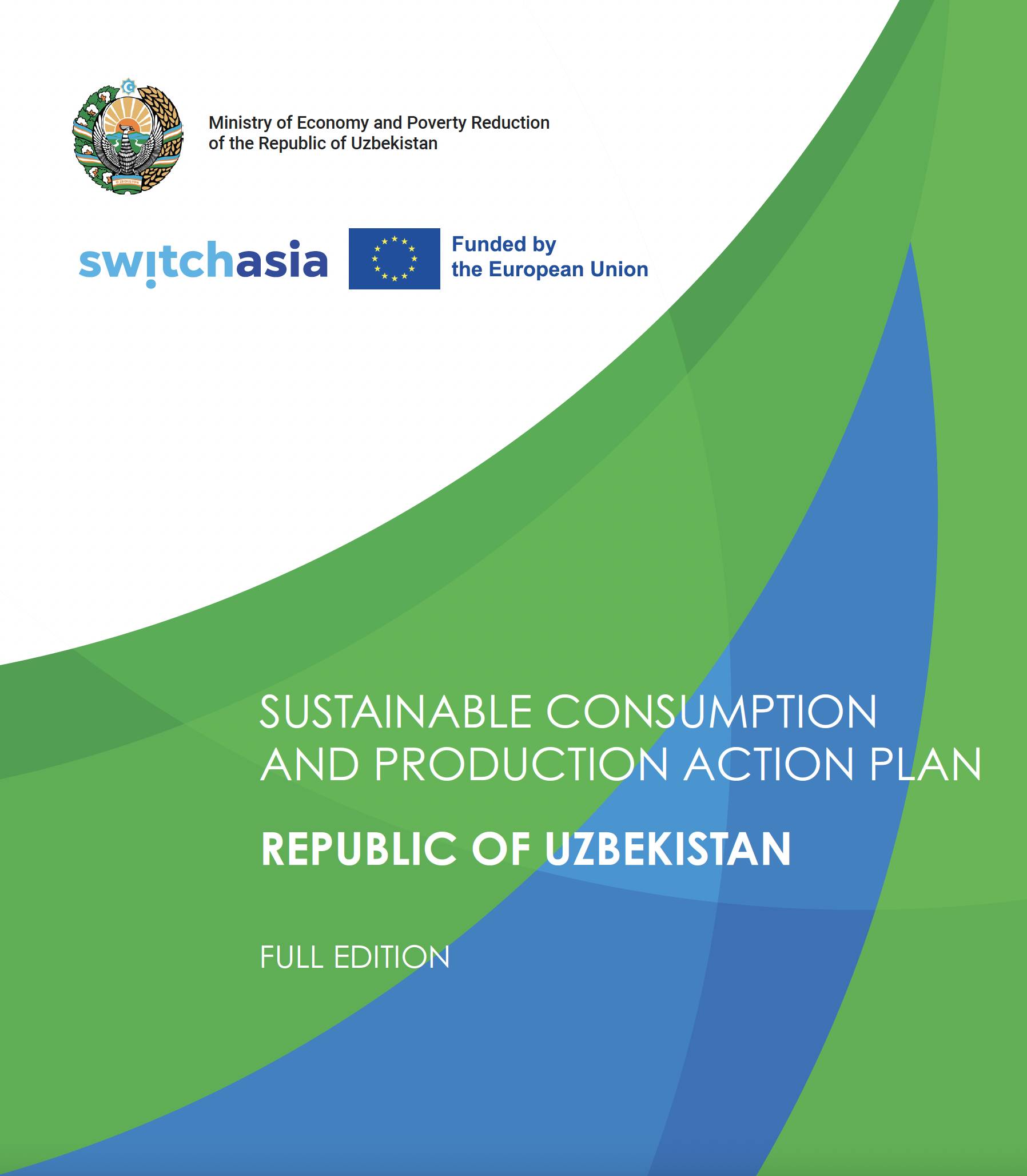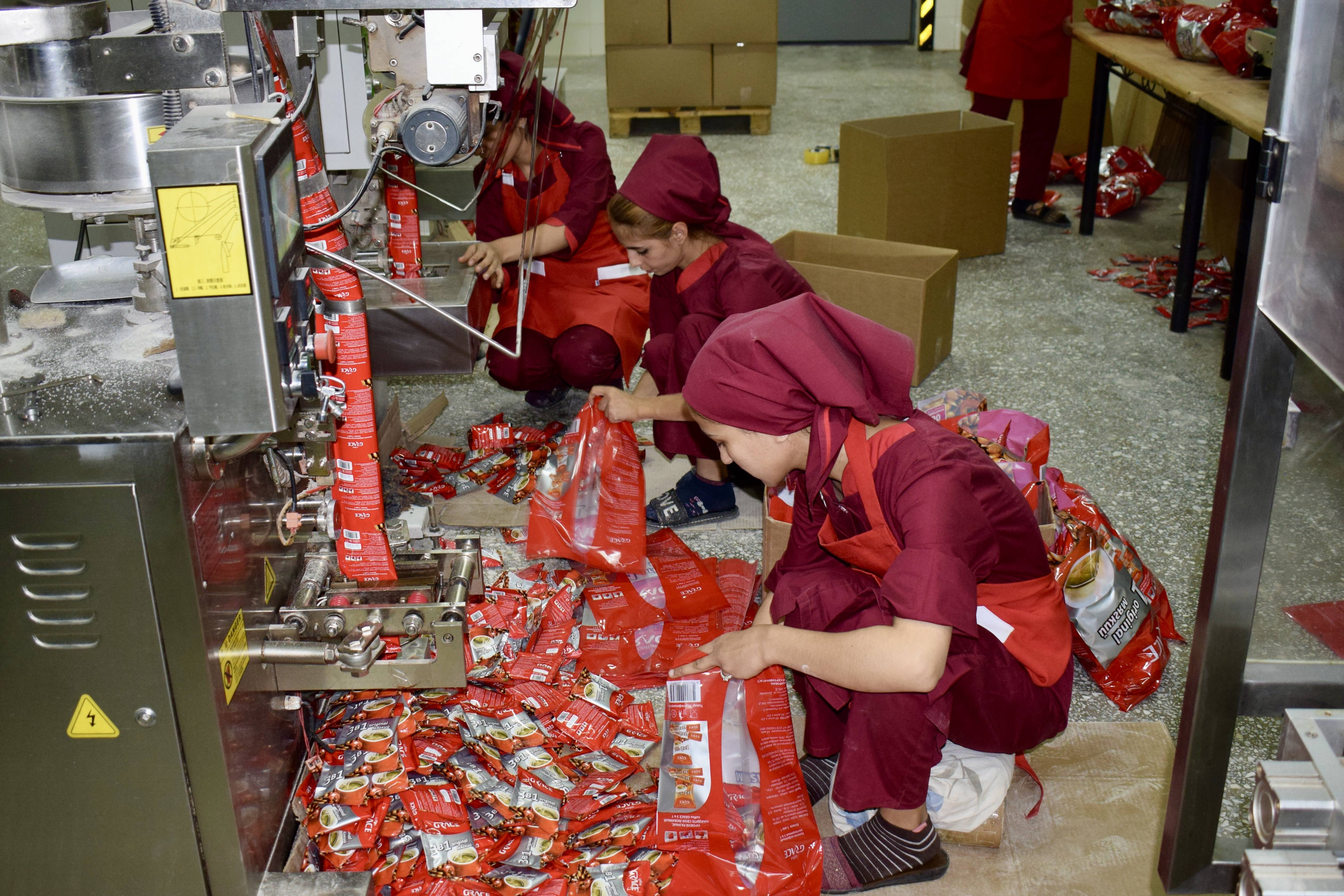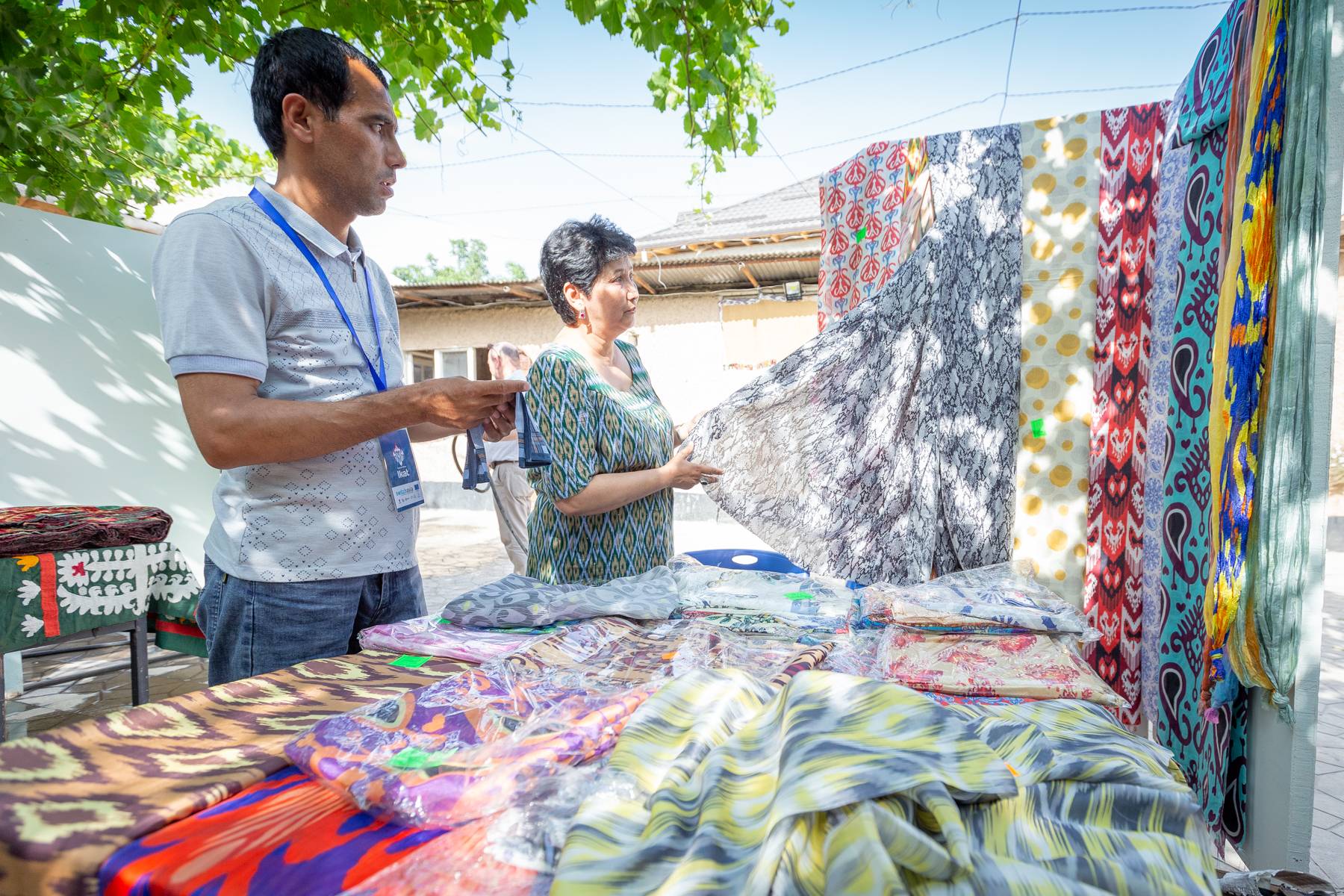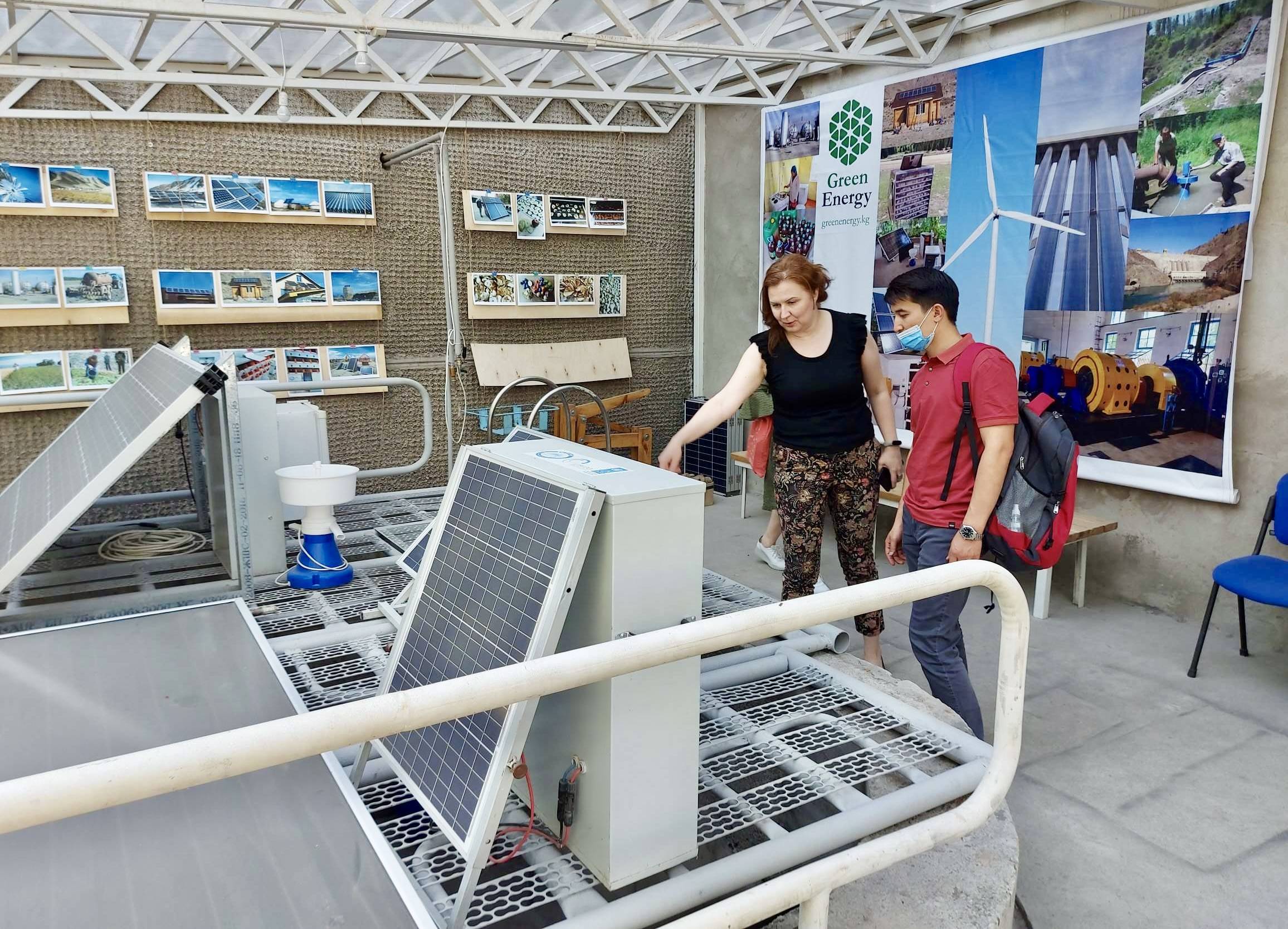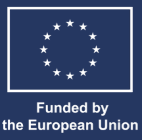
SCP Context
SCP policy perspectives
One of the key priorities of the ambitious Uzbekistan Development Strategy is to increase the country’s GDP per capita from the current US$ 1,983 to US$ 4,000 by the end of 2026. The introduction of market-based principles, such as the promotion of free competition, is a cornerstone of this strategy.
The Strategy for Transition to a Green Economy (2019-2030) is the main policy for Sustainable Consumption and Production in Uzbekistan. Its emphasis on: (i) investments in energy efficiency and renewable energy sources, (ii) the modernization of industry to become greener, (iii) introducing green criteria for public investment and spending, and (iv) the development of a system for training and retraining personnel related to the labor market in the "green" economy. The Interdepartmental Council for the promotion and implementation of the "green" economy is responsible for this, in close coordination with the Ministry of Economy and Industry is the responsible institution. The main goal is to mainstream green economy principles into Uzbekistan’s structural reforms. The main target is to increase energy efficiency by at least 20% and wider use of clean and environmentally friendly technologies and industrial processes.
The Uzbekistan Development Strategy 2022-2026 complements these objectives by specifying targets in the short to medium term with respect to renewable energy, energy efficiency, transport, domestic capital market development, investment, and privatization.
Connection to the Global Agenda
Government of Uzbekistan is actively committed to implement the 2030 Agenda for Sustainable Development. In 2018, 16 national Sustainable Development Goals (SDGs) and 125 corresponding targets were adopted. Simultaneously, an inter-agency Coordination Council for implementing the national SDG Roadmap was established. A web-portal was launched with data on about 100 indicators and work is underway to establish data collection on the remaining 100 indicators.
While Uzbekistan’s chosen ‘national tasks’ under SDG12 cover sound management of chemicals (12.4), sustainable production practices (12.6), Green Public Procurement (12.7), indicators focus primarily on chemicals management, waste, recycling and tourism. The web-portal notes that in 2017-2020, the generation of toxic production waste of hazard classes 1-3 per capita increased from 0.7% to 10.6%. In turn, the level of processing of municipal solid waste over the same years increased from 9% to 21.9%.
A key solution to Climate Change
Even with just a 0.3 percent share of global CO2 emissions, Uzbekistan may face significant economic headwinds due to climate change. The drying Aral Sea is described as an ecological disaster, while droughts, extreme heat, rainfall volatility, and dust storms are more commonplace. Air pollution is a growing concern. The economic cost of flooding is estimated at US$ 236 million annually. Failure to act on climate change would make it impossible for the country to achieve its development objectives. 98 Despite its low share of global CO2 emissions, the country is ranked fifth in the world in terms of emissions per unit of GDP largely due to its energy-intensive economy[1].
In its NDC, the Republic of Uzbekistan sets a target of reducing specific greenhouse gas emissions per unit of GDP by 35% below 2010 levels by 2030. To achieve this ambitious target, the Government plans to, among other actions, increase the share of renewable energy sources to 25 percent of total power generation, double the energy-efficiency indicator relative to the level of 2018, halve the energy intensity of GDP, reduce energy intensity, and decrease industrial consumption of natural resources. The government is in the process of developing a national climate change strategy and a National Adaptation Plan to complement its NDC commitments[2].
Priority sectors
To achieve its development objectives, the current government seeks to increase the role of the private sector in the economy. The uptick in the number of SMEs in recent years, thanks to the support of the government in terms of providing loans and enacting reforms in the legal and regulatory framework, shows that the government is taking the right steps to achieve its goals. Further investments will be required in infrastructure such as energy and water sectors, but also in agriculture and digitalization. Circular economy will support the green transition of Uzbekistan for a more resilient economy. Some key points could be further strengthened in the coming years:
- A dedicated circular economy policy or roadmap, with metrics and targets, would help streamline efforts.
- The integration of key sectors, such as agriculture, construction, textile or electronics into the circular economy agenda will help deepen its impact.
- While production patterns are analysed in current patterns, consumption measures could be further addressed.
- Innovation, Research and Development is essential to stimulate circular economy entrepreneurship
[1] World Bank Country Climate and Development Report
[2] Ibid.


